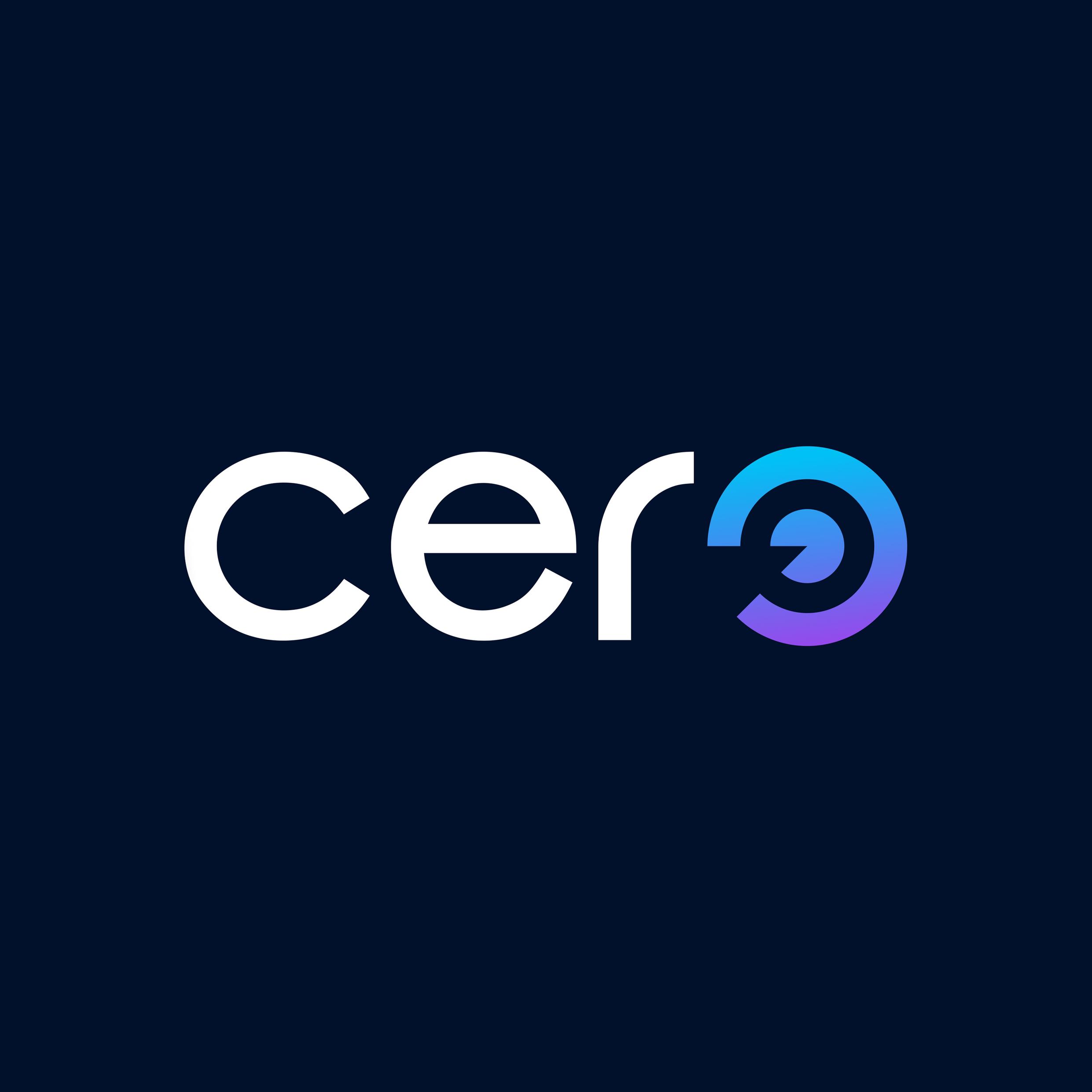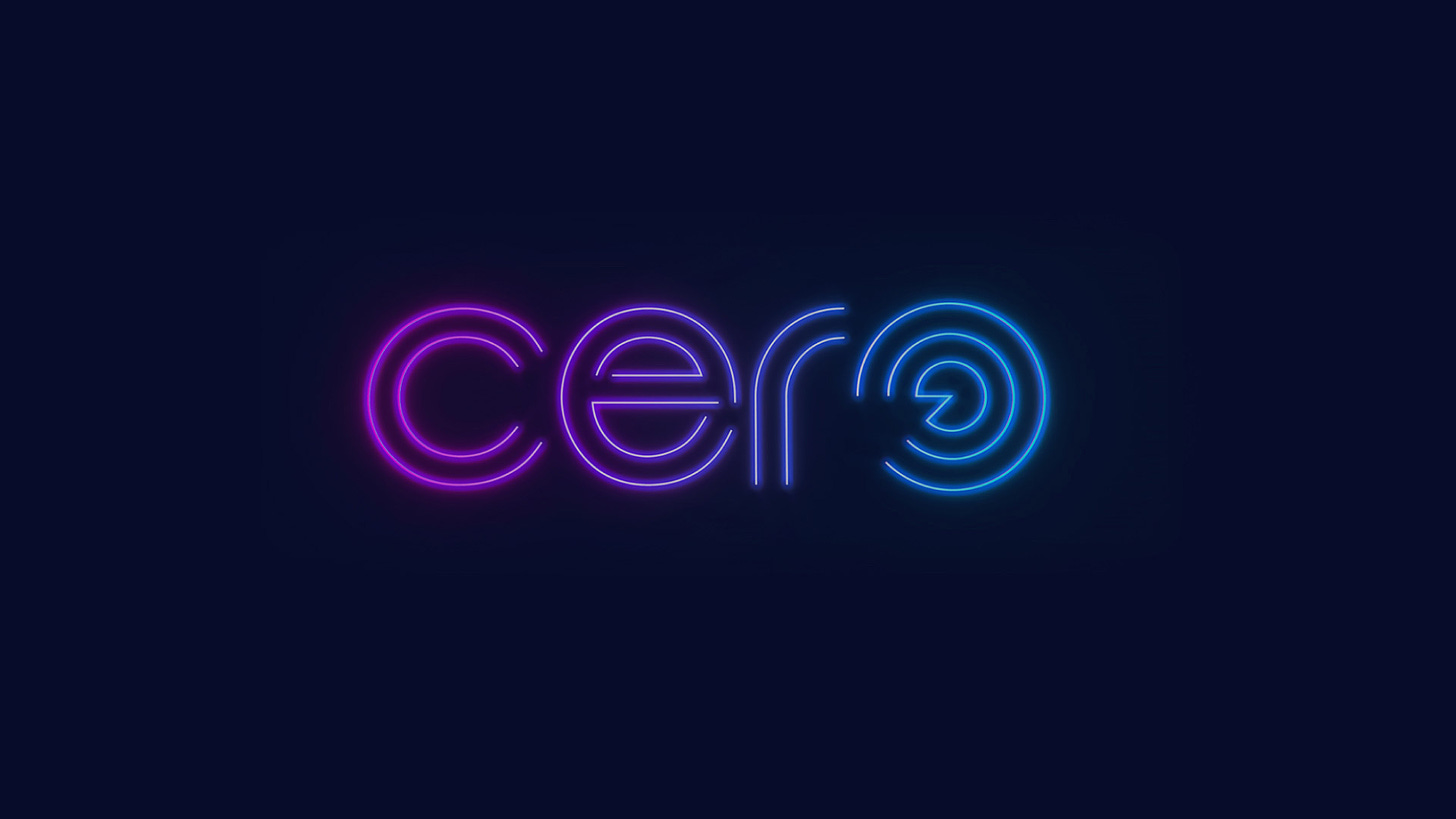Introducing Cero: A Hybrid Decentralized Rollups Sequencing Network
 Cero Network
Cero Network
A sequencer is the most vital component in Layer2/Layer3 rollups as it is responsible for transaction ordering– the whole process of collecting transactions, batching them from Layer2 mempool, and then submitting them on the Layer1 chain, e.g., Ethereum. Also, the sequencer resolves fraud proofs received from users. However, the current sequencing solutions have some issues, such as non-empowerment of custom tokens for staking, increased cost of transaction ordering, slow transaction processing on shared sequencing, and lack of sequencing reconfigurability.
To eliminate all these downsides and make decentralized sequencing to even more mainstream, we are building Cero – a decentralized hybrid sequencing network for public and permissioned rollups optimized to support a wide range of new features, configurations, and security attributes missing today.
The problem with centralized sequencers
Although centralized sequencers are being used by leading Layer1 and Layer2 blockchains, we can’t oversee the challenges that centralization poses related to security, privacy, and usability. For example, in March this year, Polygon zkEVM suffered issues while synchronizing the network’s state, which caused a 14-hour outage. Similarly, Optimism mainnet and Arbitrum also had severe outages due to centralization-based issues in the sequencer.
Here are some of the much-acknowledged problems caused by centralized sequencers:
Transaction censorship: Rollups with centralized sequencers can easily censor any transaction either by dropping them from the mempool or simply refusing to add transactions. However, a decentralized sequencer layer updates the address & other details on the entire Layer2 or on the underlying layer1 so that whenever a particular address is blacklisted, the information is shared with all.
MEV Extraction: Centralization of the sequencer also leads to MEV extraction, where users can include/exclude specific transactions to increase the maximum amount of value they can make from a blockchain.
Single point of failure: When a rollup is heavily reliant on a single component or entity (in this case, a centralized sequencer), even a simple issue can lead to the collapse of the whole system. This problem can be intentional or accidental.
Inter-rollup interoperability: A centralized sequencer network can be easily optimized to enable cross-rollup interoperability, but due to its inability to ensure continuity, interoperability gets hindered most of the time.
Lack of sequencing configuration: Rollups may want to choose a separate settlement layer instead of Ethereum. Similarly, it may need to store data on a private data availability layer. Centralized sequencers can lead to difficulty in doing all these configurations because of compatibility issues with a range of additional 3rd party integrations.
Staking challenges: A rollup or appchain may want to participate in staking with their own custom token. With a centralized sequencer, modeling your own tokenomics or using custom tokens is not possible, or it can be an extremely complex and resource-intensive process.
Introducing Cero– the hybrid decentralized sequencing network
Cero sequencer is an innovative hybrid decentralized shared sequencing network designed to abstract the current challenges of centralized as well as current decentralized sequencers. With Cero, all kinds of zero-knowledge and optimistic rollups get the flexibility to implement public shared sequencer, public dedicated sequencer, as well as a permissive dedicated sequencer to overcome issues such as transaction censorship, single point of failure, configurability issues, and lack of cross-rollup interoperability. However, Cero goes a step further to implement next-level staking and data privacy features, enabling rollups to stake with their own native token and maintain data confidentiality for them.
How does Cero work?
A decentralized sequencing network can implement its own scalable network to improve the performance of rollups in terms of cost optimization, throughput, and reliability. However, rollups on a decentralized sequencer network cannot achieve higher performance than the sequencer itself. This is a contradiction to rollups’ identity as a feasible scaling solution.
To provide a solution, Cero has unveiled a new concept of hybrid sequencing. The Cero network serves as a shared decentralized sequencer in the first place, but it also has the provision to offer dedicated sequencing to the rollups that demand their own dedicated sequencer for enhanced trust, performance, cross-rollup compatibility, and less complex operations. Also, Cero introduces permissive dedicated sequencing for data-sensitive rollups.
Here, Public shared sequencing is a mode, or we can say it’s a method through which Cero pushes blocks containing their namespaced along with sequenced transactions for all the rollups choosing public shared sequencing and then publishes them on layer1 public blockchain for soft confirmation. The upside of this sequencing model is that it is simple to use, integrate, and manage. However, it is limited in terms of configurations and flexibility. Plus, all the data remains public.
Speaking about Public dedicated sequencing, it works through a random selection of dedicated sequencers from Cero’s sequencer superset. Allotment is done based on the number of dedicated sequencers a rollup needs. Once a rollup registers successfully, the contract on Cero will auto select the sequencers, and allow them to form a close circuit so that they can communicate and reach consensus while maintaining high availability. This mode is preferred for rollups that want greater flexibility and performance while retaining the security benefit of a public sequencer network.
Lastly, there’s Permissive dedicated sequencing: This model is somewhat similar to public dedicated sequencing, but the validator set for rollups choosing Cero’s Permissive dedicated sequencing will not be automatically chosen. Instead, the developer prepares criteria for appointing validators, considering the two conditions below:
If required, the validators should do additional staking using their own custom token.
The validator set should be managed by wallet accounts that can vote for on-boarding and off-boarding.
Rollups can either choose one option or both the options at the same time, whichever is suitable.
Also, here’s a graphical representation of how rollups work on Cero’s hybrid sequencing network at the basic level:

Rollups (be it a public or private rollup) register on Cero’s decentralized sequencer network.
This allows the sequencer network to access rollups’ RPC nodes.
RPC nodes then submit transactions directly to the sequencer.
Cero stores the data in its ledger as blocks.
Next, Cero submits the batched transactions to rollup’s preferred DA Layer and meanwhile publishes only the transaction hash to Layer1. Note that Cero even lets you choose the settlement layer.
Here are some more reasons to choose Cero
As discussed, Cero offers a bunch of novel features that make it an ideal choice for decentralized transaction sequencing. Let’s go into detail of these features:
Customization of staking & incentive strategies:
Cero works by offloading the sequencing task to its PoS network’s participants. These validators have the flexibility to either stake with their rollup’s own token or continue staking with Cero’s native token. Let’s understand this better by looking at different types of rollups and their unique need for staking:
No additional staking- This staking approach is suited for rollups that do not have their custom token to begin staking. Rather, they want to stake in Cero’s token.
Additional staking, along with custom token- This approach includes both staking with Cero’s token and staking with rollup’s custom token. Hence, it is ideal for rollups looking for a hybrid staking system.
Custom token staking- Ideal for rollups that want to stake only in their custom token. As you may already know, this requires a validator set separately from the public network.
Complete privacy of data:
Cero provides rollup chains with the flexibility of achieving data confidentiality with optional privacy. This allows all the rollups registered on Cero to sequence and execute all their transactions privately while inheriting the security from Layer 1. This is particularly useful for blockchains that do not want their sensitive data to be public. Hence, the following two instances are possible with Cero:
RPC nodes broadcast all the transactions and the relevant data to the Cero network itself, i.e. public mode.
RPC nodes publish all the transaction data to its private data layer or private DAC and meanwhile push only the transaction hashes for sequencing.
Here, the first option is suitable for rollups that are comfortable in sharing data publicly because their data will be published on public Layer1 like Ethereum. Whereas, the second option aims to maintain confidentiality by publishing data on a private DA layer.
Advanced security model:
Cero strives to maintain robust security on its PoS network with its own validator set curated strategically to achieve immutability and decentralization. Cero already boosts security by abstracting the transaction sequencing part from the rollups, then it goes a step further to achieve even more reliable security that does not leave even a single chance of attacks taking place across the entire network. For this, Cero implements the following innovative security mechanisms:
Proposer Builder Separation(PBS)- PBS is the first method that Cero incorporates to separate the entity responsible for building the block containing transactions and the block proposer that is accountable for further submitting these blocks. This segregation is important to ensure that the entity ordering the transactions should not be the one that is entitled to get a reward for doing so. Therefore, PBS is considered an effective and functional strategy to avoid MEV extraction issues.
VRF Based Sequencing- Verifiable random functions or VRFs sequencing is another security-add on Cero that guarantees fair ordering of transactions once they are considered to be the part of the block. This VRF model is somewhat inspired by the lottery system where an algorithm chooses any random number from the block builder. Based on this number, the algorithm selects transactions one-by-one to be included in the block. The achieved sequence is verifiable by all the nodes before they are included in the blocks.
Sequence Confirmations- The rollup execution process can be lengthy, especially in the case of Zk-rollups, due to the inclusion of additional processes like proof submissions and bridged transactions. Knowing this, Cero provides soft confirmations to rollups, allowing them to perform executions easily or giving users the confidence that on-chain finality will be duly completed without any problem.
Broad configurability options:
Cero is designed with configurability in mind. Be it the settlement layer or the DA layer, Cero enables configuration on all aspects. For example, rollups on Cero can choose a preferred settlement layer across Ethereum, zkSync Era, Polygon PoS, or Arbitrum. This list of settlement layers will be further expanded to support Polkadot, Optimism, Arbitrum Nova, and Avalanche.
Similar to settlement layers, rollups also have the flexibility to choose a DA layer, such as public DA ( like Celestia, NEAR DA, Eigen DA, etc.) or Private validium-based DAC. The first option is suitable for public rollups, whereas the second option is for permissioned rollups.
Try Cero- Get your early access!
Cero is on a mission to offer a highly resilient and future-proof decentralized sequencing network where rollups can operate seamlessly without facing the limitations of either centralized or decentralized sequencing solutions or juggling between dedicated and shared sequencers. To attain its objectives well, Cero is welcoming all kinds of rollups to join the network, experience Cero’s hybrid decentralized sequencing features, and leverage all the benefits we discussed in this article so far. If you are interested in exploring Cero, contact us for early access.
Also, if you have any queries or you want more information about Cero and how it is reinventing the decentralizeds
Subscribe to my newsletter
Read articles from Cero Network directly inside your inbox. Subscribe to the newsletter, and don't miss out.
Written by

Cero Network
Cero Network
Cero Network is the first Universal transaction layer based on decentralized sequencing with an option for shared and dedicated hybrid sequencing models for L2/L3 rollups.